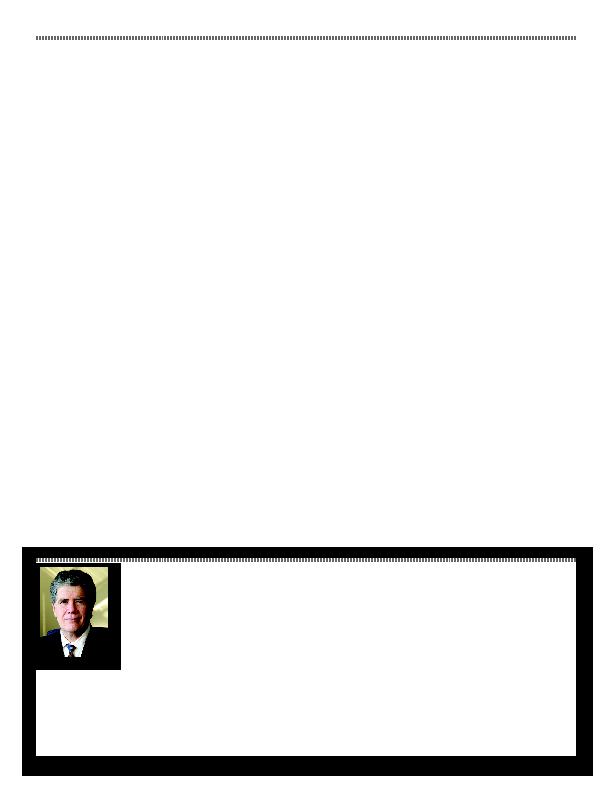
Real Estate and Commercial Transactions
environmental risks in real estate and
commercial transactions, so that the
insurer assumes the risks that the parties
to the transaction would prefer to avoid.
This may allow the parties to overcome
issues that are sometimes significant
obstacles to entering a contract or closing
the transaction.
Unlike most insurance policies,
which are usually contracts of adhesion,
environmental insurance policies are
routinely negotiated with the insurer.
To obtain coverage that best meets the
needs of the parties, someone familiar
with the transaction, the environmental
condition of the insured property and
the language of environmental insurance
policies needs to negotiate the language
of the endorsements to ensure that the
policy will cover the risks that impede
the transaction.
To seek environmental insurance, one
needs an insurance broker, as insurers
typically will not communicate with
potential insureds unless they have a
broker. The selection of a broker with
experience can save time and money.
An experienced broker can help select
the companies from which to pursue
coverage (i.e., the least risk averse),
choose the right coverage for the matter
at hand, and preliminarily negotiate
the language of the policy in an attempt
to obtain the coverage sought by the
parties. While the broker works for,
and represents the interests of, the
insured, as compensation she receives
a percentage of the premium from the
insurer. Active environmental insurance
brokers include Sterling Risk, Marsh
and Willis Group.
Coverage
are the policies most often used to
manage transactional environmental
risks. They can provide coverage for
certain cleanup costs, third-party claims
and other environmental risks, discussed
below. A number of large insurance
companies issue such PLL coverage,
XL and Zurich. An experienced broker
can help select the insurer or insurers
from which coverage should be sought
in a particular situation.
cleanup coverage for pollution occurring
at the insured property: coverage for new
discoveries of pre-existing conditions
and coverage for new conditions.
1. Discoveries of Pre-Existing
discovery of pre-existing pollution
conditions is for conditions in
existence, but not known to the
insured, prior to the inception of the
policy period. Coverage for pre-
existing pollution conditions known
to the insured prior to the inception
of the policy period are typically
excluded from coverage under a
PLL policy, but may be covered by
cost cap coverage, discussed on the
next page. Sometimes it is possible
to negotiate pre-existing pollution
environmental law department at Mandelbaum Salsburg. He
has negotiated the environmental aspects of thousands of real
estate and commercial transactions. On behalf of clients, he
has negotiated environmental insurance policies for over 200
properties, including dozens of cost cap policies.
3 Becker Farm Road, Suite 105
Roseland, New Jersey 07068
973.325.7467 Fax
msgld.com